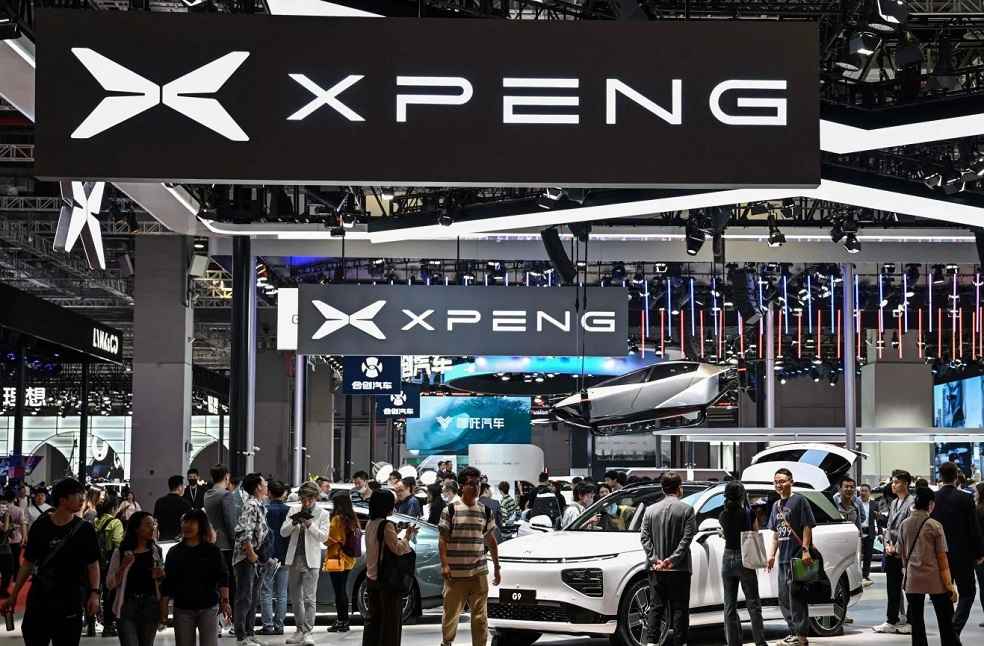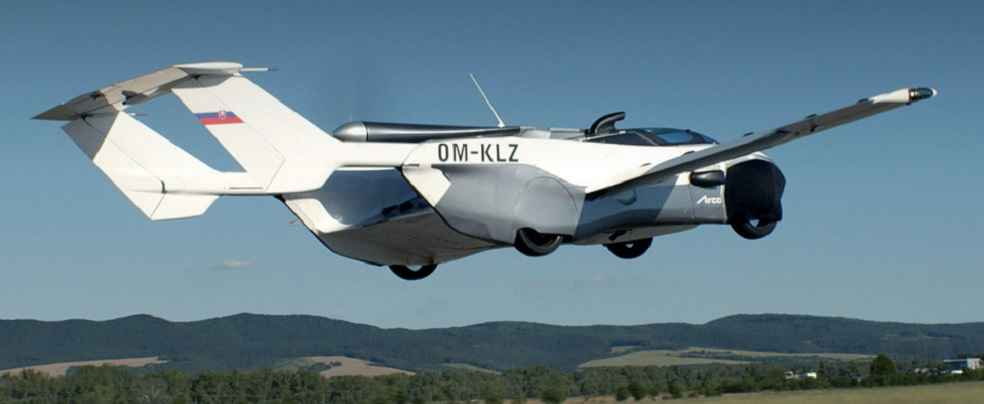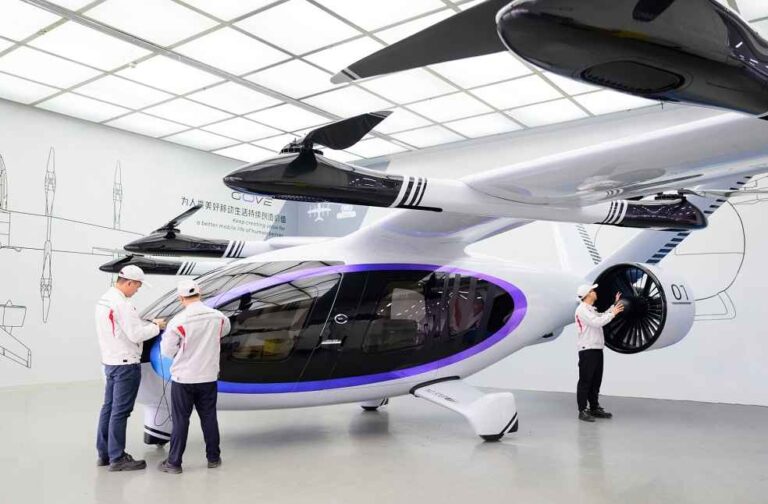XPeng AeroHT, a subsidiary of XPeng Motors, announced plans to begin mass production of its hybrid flying car by 2026. Dubbed the ‘Land Aircraft Carrier,’ the vehicle features a detachable flying module with six propellers and a 30-kilometer range that can be folded into a ground-based carrier in five minutes — the first storable design of its kind.
The vehicle will be priced under 2 million yuan, with initial deliveries expected next year. Backed by over 10 billion yuan in investments and a projected annual production capacity of 10,000 units, the Guangzhou-based facility supporting the rollout has secured loans worth 1.26 billion yuan from a consortium of five banks.
XPeng Chairman He Xiaopeng, speaking at the China EV100 Forum in March, stated that global flying car sales could account for 20% of the automotive industry’s annual revenue within the next two decades. XPeng AeroHT has already received nearly 5,000 orders for its model, which can serve both recreational and rescue functions. The firm is also developing a one-piece flying car capable of 500-kilometre flights, aimed at intercity travel.

China’s emphasis on the low-altitude economy — now a national strategic priority — is supporting this emerging industry. Innovations from leading domestic firms such as CATL, EVE, Huawei, and Zhongfu Shenying are making high-density batteries, air traffic systems, and lightweight materials more accessible and cost-effective.
XPeng’s model reflects an ‘automotive approach’ to flying cars, combining ground and aerial capabilities, which presents both opportunities and regulatory challenges. Both modules must meet distinct certification standards — aviation and motor vehicle regulations — before full commercialisation.
Meanwhile, other Chinese players are advancing rapidly. GAC Group introduced its GOVY flying car brand, and Changan partnered with EHang on a 20 billion yuan flying car venture. EHang’s EH216-S has already secured operational certification for tourism and medical transport.

Despite growing investment and policy backing, flying cars still face affordability and regulatory hurdles. To reach mass-market viability, production must scale significantly. Alternative business models — such as subscriptions and per-trip pricing — are being explored to reduce consumer costs.
Regulation and safety remain key challenges. Chinese scientists are developing ‘invisible roads’ and AI-powered traffic systems to coordinate low-altitude airspace. Researchers at Peking University are also working on rotor noise reduction, an issue that affects public acceptance.
Public demonstrations, like XPeng’s lake-crossing flight in Hunan and the aerial showcase in Shanghai, have helped build confidence. In Hainan, XPeng is collaborating with local authorities to create a 1,000-km scenic aerial route with observation decks and landing stations, aiming to transform tourism through immersive flying experiences.
GENERAL | BYD Advances Plug-in Hybrid Expansion Across European Market





